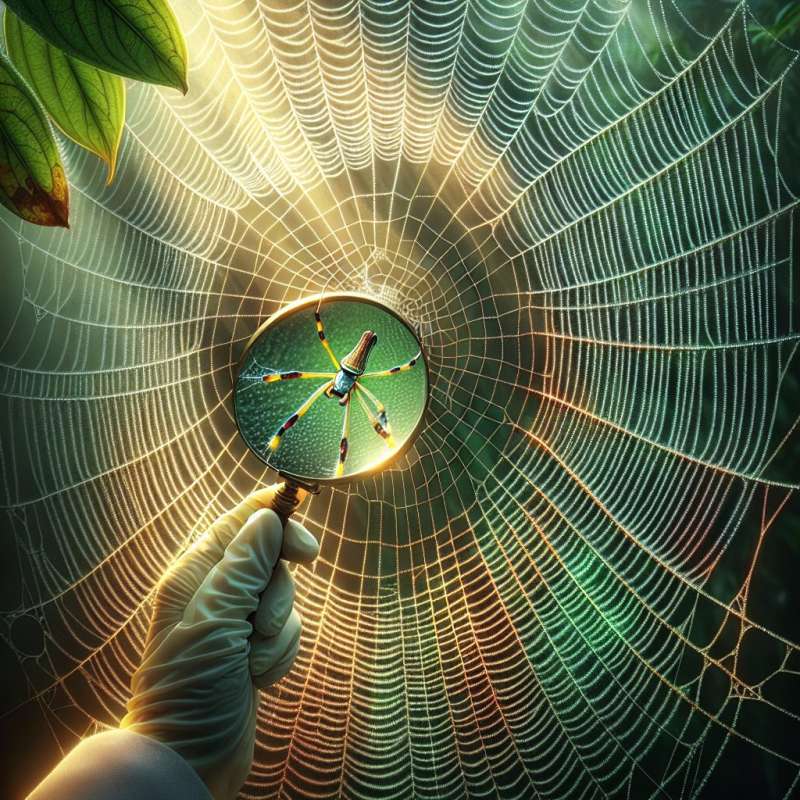
Introduction to Spider Webs
Spider webs are marvels of engineering. Despite their delicate appearance, they exhibit exceptional strength, intricacy, and functionality tailored to the spider's hunting strategy.
Composition of Spider Silk
Spider silk is a protein-based biopolymer. Outstanding for its tensile strength and elasticity, it surpasses steel and Kevlar in toughness, making it a subject of biomimicry research.
Variety of Web Structures
Not all webs are alike. Orb webs are circular and radial, cobwebs are tangled, and funnel webs lead to spider retreats. Each type serves different predatory or environmental needs.
Sensory Detection Mechanisms
Webs are not just traps but sensory organs. Vibrations from ensnared prey alert the spider. Some spiders can even distinguish between prey types based on vibration patterns.
Web Construction Process
Web building is methodical. It begins with establishing anchor points, creating a frame, and then spinning the capturing silk. Some species rebuild daily, consuming the old web for protein recycling.
Environmental Impact Factors
Web architecture is influenced by local conditions such as humidity, prey availability, and space. Spiders adapt by altering the web's size, mesh density, and silk properties.
Spiders' Engineering Influence
Studying webs inspires innovations in materials science and engineering. From body armor to surgical sutures, spider silk's potential applications are vast, driving the search for synthetic analogues.Spider Silk in Space
Spider silk remains unaffected by the vacuum and radiation of space, making it a potential material for extraterrestrial applications.
What characteristic defines spider webs?
Delicate appearance only
Strength, intricacy, functionality
Uniformity in design
Company